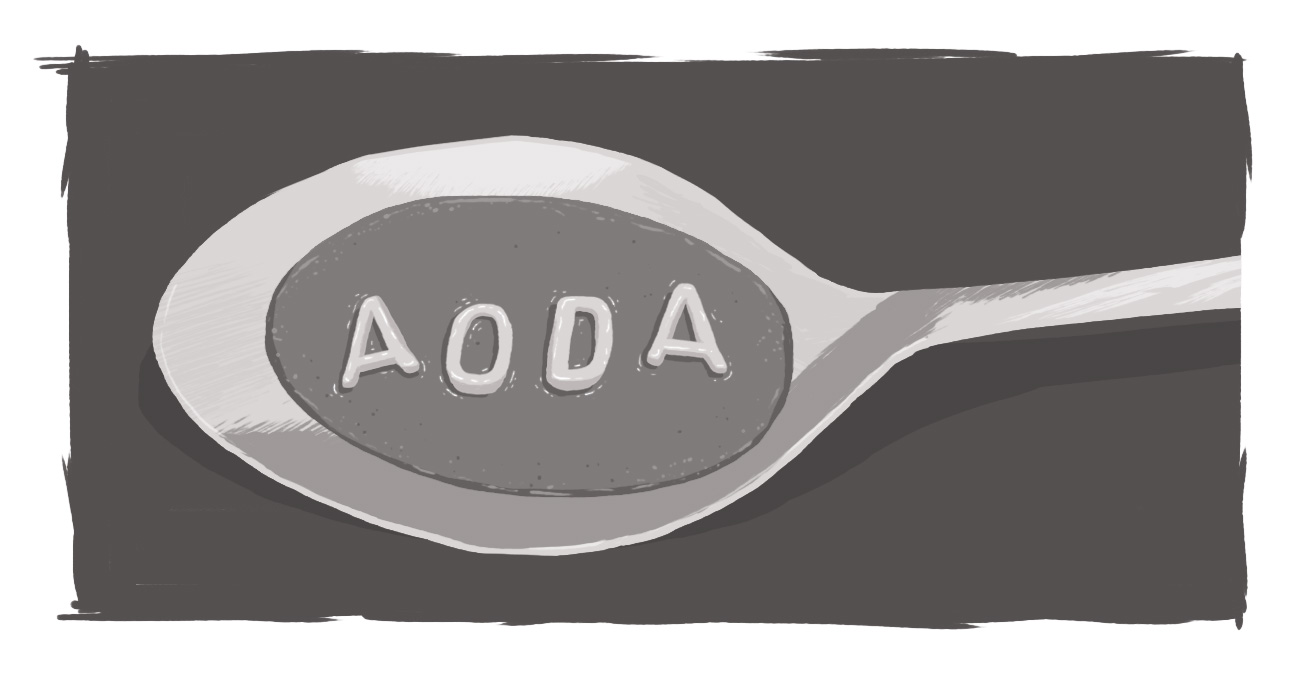It’s Past the Time to be “Aware” on Global Accessibility Awareness Day

We’ve had nearly a decade to hit the ground running -- hopefully on a ground that’s fully accessible to all. But even today, the morning after Global Accessibility Awareness Day, it still feels like too many of us are spinning our wheels and, in the process, leaving people behind as technology moves forward.
Global Accessibility Awareness Day is an important activity. It is intended to get people “talking, thinking, and learning about digital access/inclusion and people with different disabilities.”
That works on a global scale. But here in Canada the time for talking, thinking, and learning is well past. In fact, by this point thought should have translated action. After all, “beginning January 1, 2021: all public websites and web content posted after January 1, 2012 must meet WCAG 2.0 Level AA other than criteria 1.2.4 (live captions) and 1.2.5 (pre-recorded audio descriptions).”
It’s been a long time since my very first Digital Echidna blog post on accessibility -- just over seven years, to be specific. I remember thinking, back in March 2013, that January 2021 seemed so far away. Sitting here on May 21, 2020, though, that deadline is coming way too quickly.
Back when we started our accessibility journey, there was almost too much talk out there. Part of the reason we decided to take such a prominent role in discussing accessibility was the fact that there were too many digital “snake oil” salesmen out there, running around like Chicken Little trying to scare potential clients into compliance with sky-is-falling threats like massive fines.
We wanted to be the voice of truth, sanity, and sensibility. We wanted to work with government and clients to find solutions that would get them where they needed to be. And we went in not wielding the almighty “should” -- as in, “You should do this because it’s the right thing to do,” but rather we wanted to show how a commitment to universal accessibility is a smart business decision as it relates to effective customer service, intuitive language and information architecture, and alignment with best practices in search engine optimization and mobile web development.
As much as we have walked the walk, we have talked the talk. We have played roles in municipal and provincial advisory boards, we been active in part of the solution, supporting and participating in organizations like the Ability First Coalition, and sharing our knowledge and experience at multiple conferences and industry presentations. We have continued to refine our efforts -- from early investments into experiential accessibility to technological efforts to ensure clients understand where they stand on compliance.
Maybe it wasn’t enough. Because now we’re facing the opposite problem. In 2013, there were too many words and not enough facts. Today? Even before COVID-19 dominated the news cycle, there just hasn’t been enough talk about accessibility in the community. As the deadline for the digital standard approaches, we still see accessibility thought of as a “nice to have.”
Maybe I haven’t been the right person to do the job. I am fully aware that as an able-bodied person, I am not the best advocate. I’ve done my best to use whatever skills I have in communication to raise awareness and affect change. I’ve tried, wherever possible, to create opportunities for people with lived experience to share their stores and take the lead in our efforts. And I believe I’ve worked diligently to ensure that accessibility is at the forefront of our discussions with clients and that we have accessible representation in our user experience efforts.
However, that sense of “not enough” is one that’s pervasive in the accessibility world. Many of my colleagues in the advocacy/advisory circuit wonder if our efforts have been in vain. We wonder how passionate entreaties for basic human rights and inclusion can be tossed aside for aesthetic preferences.
So here we are, 245 days away from when we’re supposed to have an accessible online environment, and overall we’re nowhere near close. I won’t even mention how far we are from a fully accessible Ontario by 2025, as per AODA requirements.
On Global Accessibility Awareness Day we should all be celebrating successes as we enter the home stretch. We should be embracing the fact that accessibility is about community -- and absent a commitment to accessibility, we create a society where we pick and choose who gets to fully participate in that community.
Talking, thinking, and learning are all wonderful things when you have the privilege of being on the inside looking out. But for those who are on the outside looking in, restricted from being part of a community due to barriers -- either intended or overlooked -- those words certainly ring hollow.
It’s not hopeless. In fact, I’d suggest the digital world is doing a far better job of creating accessible spaces than the off-line world has done. Amongst the vast majority of our clients, accessibility isn’t an option -- it’s foundational to the success of the projects. And even those who resist tend to do so based on myths and misconceptions -- two things that can be easily overcome with facts and reason.
Seven years seemed like a long time. Seven months? Not so much. But there’s no time like the present to get started. If you have questions about accessibility or are concerned about the upcoming Province of Ontario deadline, please reach out to us.
If our response to the COVID-19 pandemic has shown anything, it’s the value of community. Now we just have to determine how inclusive that community truly is -- and how we eliminate the barriers that prevent full participation.
SUBSCRIBE TO OUR E-NEWSLETTER
 Subscribe
Subscribe


